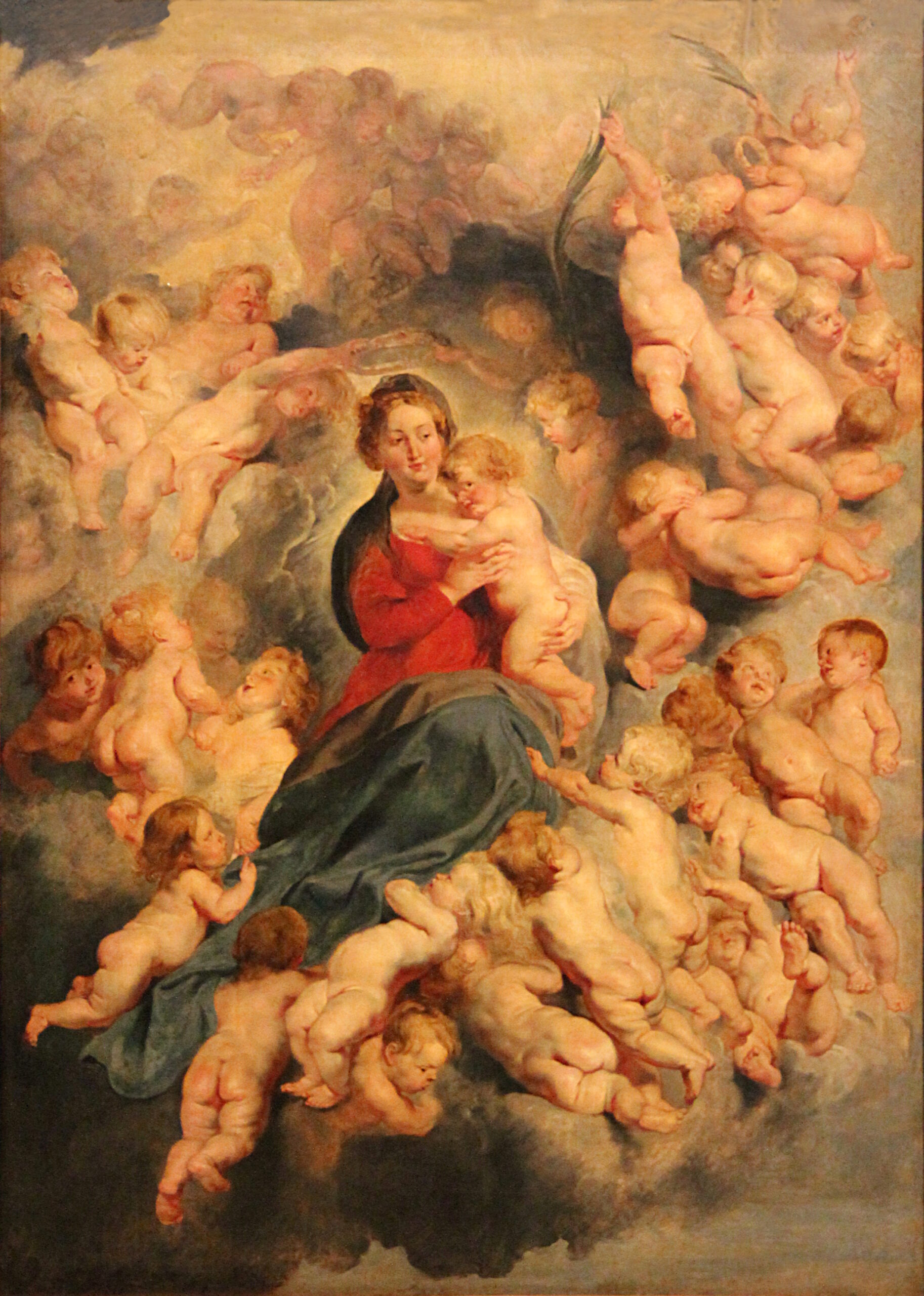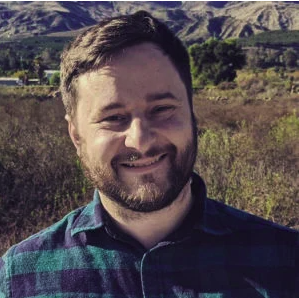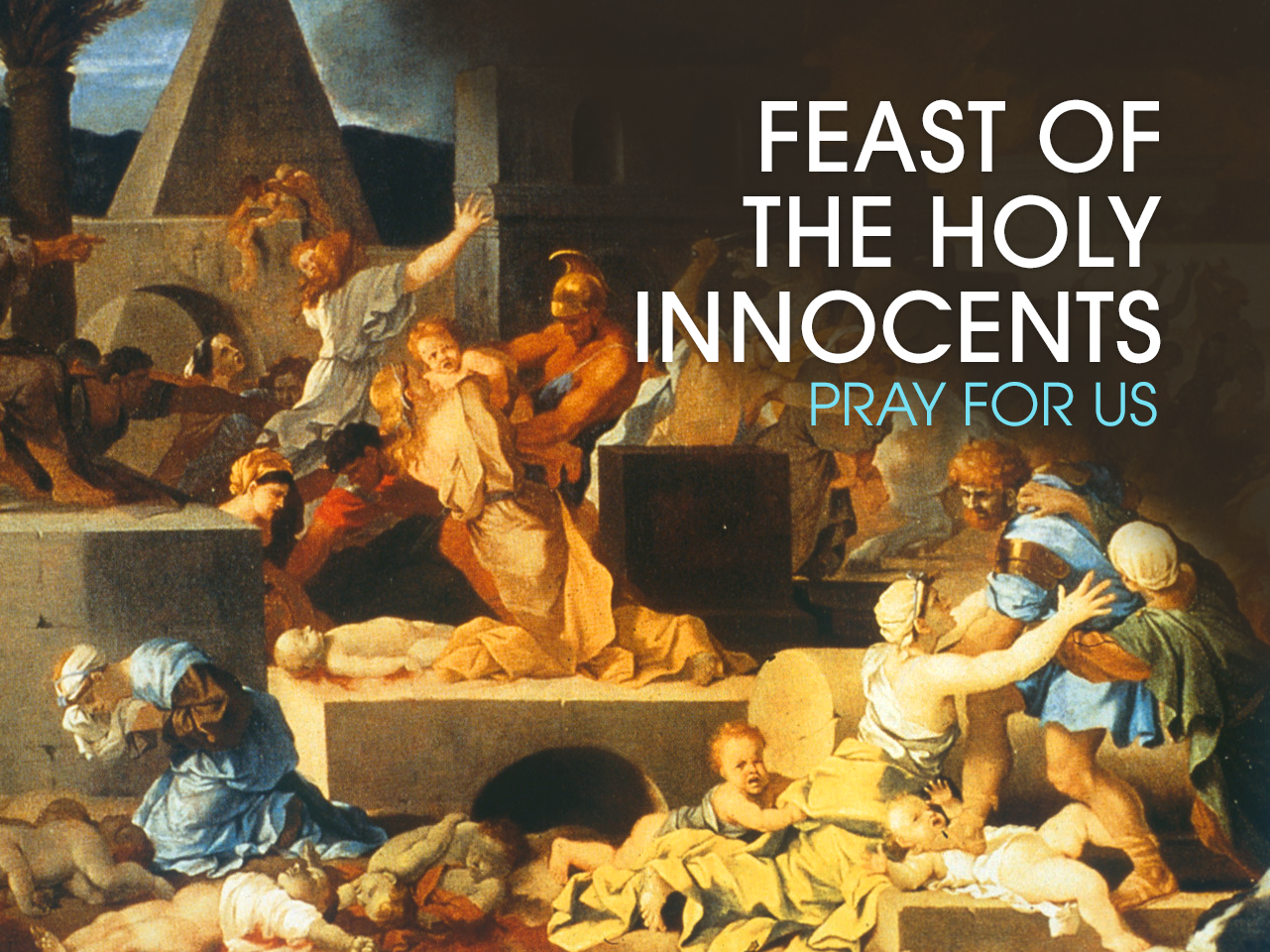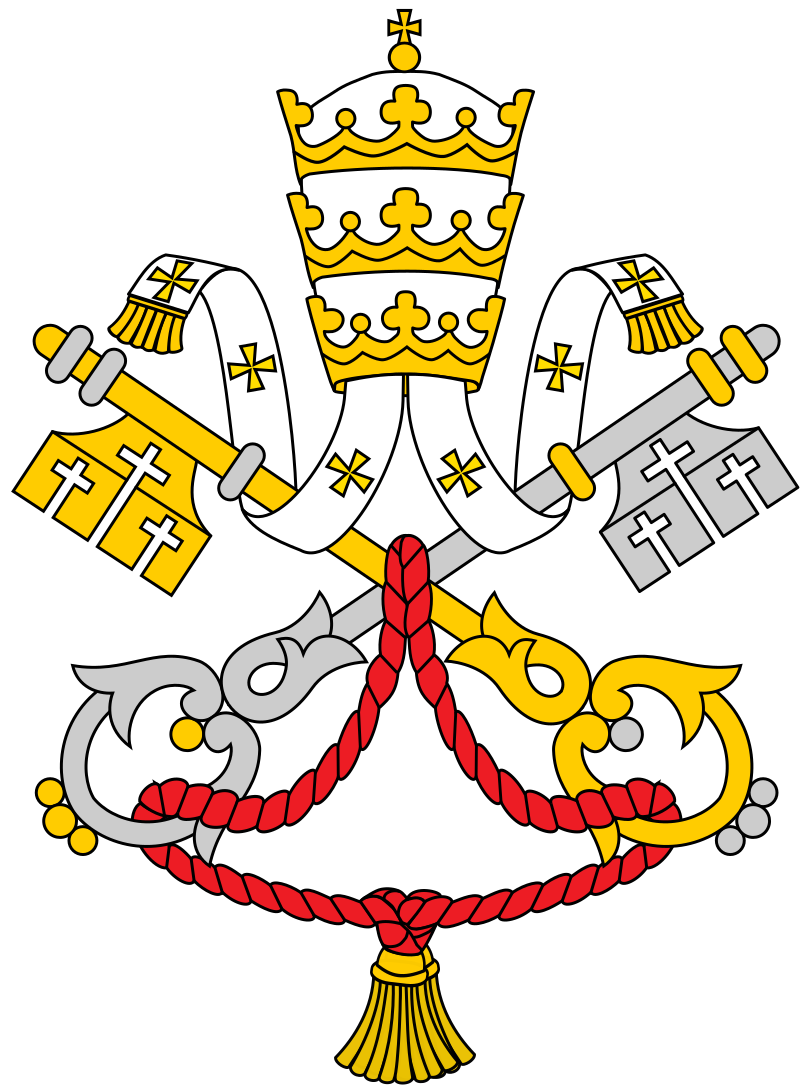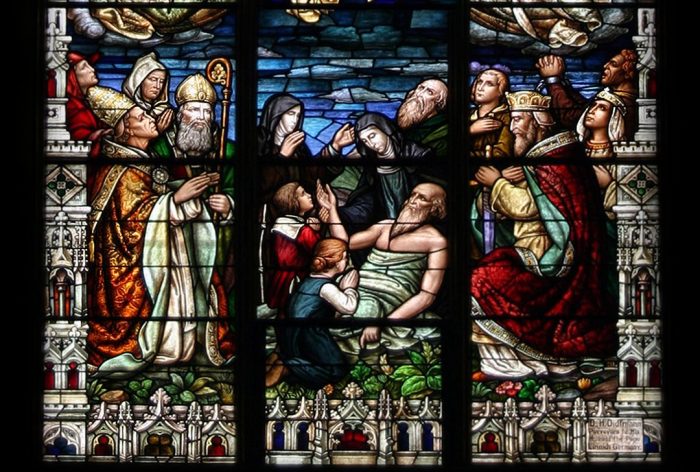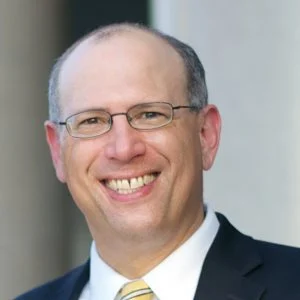
-please click on the image for greater detail
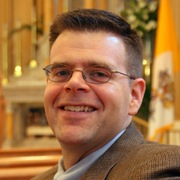
-by Steve Weidenkopf
“The Catholic conquistador Hernán Cortés occupies a preeminent place in the modern pantheon of villainous Catholic personages. It is common to find the explorer in lists of the “most brutal” conquistadors. The five hundredth anniversaries of his landing at Veracruz in 1519 and conquest of Mexico in 1520-1521 produced varied reactions in Spain and Mexico. In November 2019, Mexican president Andrés Manuel López-Obrador criticized Cortés at a press conference. Like many other historical personages who have been roped into the clutches of “presentism” (a modern bias in historical interpretation that judges the past based on modern sensibilities), Cortés’s legacy is called into question in the modern world. Efforts to “cancel” his memory and achievements and to tear down statues erected in his honor (including in his hometown of Medellín, Spain) dominate the current view of this sixteenth-century Catholic conquistador.
Amid these historical attacks against the Church and her past members, today’s Catholics are oftentimes bewildered and uncertain how to respond. Catholics are susceptible to two erroneous responses to these anti-Catholic historical criticisms: an unflinching and uncritical triumphalism that highlights the good and ignores the bad of Church history and the “ostrich” approach of ignoring the controversy at best and implicitly accepting the false historical narrative at worst. The Catholic defender of Church history must fight these extreme positions and seek the historical truth through knowledge, understanding the context of historical events, and recognizing that people in the past were men and women endowed with free will, which was sometimes exercised virtuously and sometimes not.
The point of defending the Church’s history against false historical views and narratives of the modern age is to protect the Church against detractors who use history to discredit the Church and her teachings. Defense of Catholic personages and historical events from the “mythistory” of the present does not indicate complete acceptance of past persons or actions, but instead seeks authentic understanding so that controversial events can by explained (but not necessarily justified).
So who was Hernán Cortés, and what did he accomplish? How should Catholics in the modern world view this man and his actions?
While the Church was embattled in the theological revolution, which soon turned political, in German territory in the early sixteenth century, on the other side of the world, an unauthorized expedition of five hundred Spaniards left Cuba for a journey to the interior of modern-day Mexico. Nearly three decades after Columbus’s first voyage to the New World, the Spanish soldier Hernán Cortés landed his ships at Veracruz on Good Friday 1519 with multiple objectives, chief among them the conversion of the indigenous peoples to the Catholic faith. His army marched with two banners, with red and black with gold trim, with the Spanish coat of arms on one side and the cross of Christ on the other.
At the beginning of their journey, Cortés remarked to his men, “Brothers and companions, let us follow the sign of the Cross with true faith and in it we shall conquer.” He ordered the destruction of their ships, so that failure was not an option, and began the trek inward.
Cortés was a skillful military leader and tactician and an excellent motivator of men. Additionally, whatever his faults, he was a man of deep, pious faith and a faithful son of the Church. Bernal Díaz, one of Cortés’s soldiers who wrote an account of the conquest toward the end of his life, described the first conquistador’s faith life: “[He wore] just a thin chain of gold of a single pattern and a trinket with the image of Our Lady the Virgin Saint Mary with her precious Son in her arms. . . . He prayed every morning with a [book of] Hours and heard Mass with devotion; he had for his protector the Virgin Mary our Lady . . . as well as the Lord St. Peter and St. James and the Lord St. John the Baptist.”
Cortés marched his troops to the Mexica (the proper name for the rulers of the Aztec Empire) capital city of Tenochtitlán (on the site of the future Mexico City), a metropolis of 200,000 people in the center of a lake. The Aztec Empire consisted of a warlike people who conquered neighboring tribes to expand their empire and provide the human capital needed to satiate their bloodthirsty gods (the Hummingbird Wizard and the Lord of the Dark, among others).
The Mexica practiced more human sacrifices than any other New World native peoples. Every imperial city and large town had a central square from which a temple pyramid, where human sacrifices were performed, rose to the sky. The victim was laid on a table, where a priest would cut out his beating heart and hold it aloft for the worshipers to see. Imperial law mandated 1,000 human sacrifices a year in every temple, which totaled nearly 20,000 victims annually. Thirty years before the Spanish arrival in the city, the human sacrificial toll surpassed 80,000 during a four-day inauguration of the Great Temple.
Cortés sought the end of the grotesque and barbaric human sacrifices in conversations with the Aztec emperor, Moctezuma II. Eventually, Cortés arrested Moctezuma, an action deemed necessary for Spanish protection, and received permission from the emperor, in January 1520, to allow the placement of an altar, a cross, and an image of the Blessed Virgin Mary in the Great Temple. The Holy Sacrifice of the Mass replaced the demonic human sacrifices for three months in the temple, but the Mexica priests were agitated and incensed at the stoppage.
Moctezuma was held in captivity for six months before his death (accounts differ as to the manner of death, with blame placed either with the Mexica or the Spanish). When Cortés left the city to deal with the arrival of another Spanish force sent to arrest the conquistador for his unauthorized foray, a large group of unarmed Mexica warriors were massacred by the remaining Spanish while dancing during a temple festival. This raised the ire of the indigenous population and forced the Spanish to flee the city. Cortés led his remnant army to Tlaxcala, a neighboring region containing a tribe hostile to the Mexica. Establishing alliances with Tlaxalans and other indigenous tribes, Cortés and the Spanish captured Tenochtitlán in August 1521, dealing a significant blow to Mexica hegemony.
The eventual conquest of the Aztec Empire was not as swift as usually portrayed, but occurred through a combination of Spanish military and technological superiority, and, most importantly, significant indigenous ally support. Cortés was aided by a former Mayan female slave known as Malintzin, who was among a group of twenty slaves given to the Spanish by the native people of Tabasco. Malintzin served as interpreter for Cortés and later became his mistress and bore the conquistador a son (Martin). Malintzin, like Cortés, has been maligned in modern memory as a traitor to her people who assisted Cortés for material and personal gain.
The conquest of New Spain was a bloody affair. The Spanish suffered significant casualties (over fifty percent) during the two-year war, but the Mexica suffered substantially more. Although Cortés estimated that his troops killed twelve thousand natives, the more likely number over the entire two-year campaign was near a million.
There is no doubt that the Spanish conquistadors and subsequent colonization severely impacted the indigenous peoples of the New World, both negatively and positively. Negatively, the Spanish conquest of the Aztec Empire resulted in a catastrophic death toll from violence and the unintended introduction of European diseases. Positively, Cortés expedition ended the barbaric practice of human sacrifice in the empire, and Spanish evangelization efforts, undertaken without much success until the appearance of Our Lady of Guadalupe a decade afterward, brought the light of Christ to a new area of the world.
Hernán Cortés was no saint, but he was a man of his age and culture, who, at least in part, was motivated by a desire to see the gospel communicated to people enslaved in darkness. Catholics cannot justify many of his actions in the New World, but, by studying authentic history, and not the false narratives rooted in presentism, we can understand the context in which he lived and acted and more effectively defend Catholic history against inappropriate and nefarious attacks.”
Love & truth,
Matthew



